Transcription of Implementation of the Basel III Final Reform Package
1 Implementation of the Basel III Final Reform Package 104 Consultation paper | CP November 2020 Contents I 1 1 Overview .. 1 2 Structure of this Consultation Paper .. 4 II LOCAL 5 III REVISED STANDARDISED APPROACH FOR CREDIT RISK .. 7 1 Introduction / overview .. 7 2 Proposed modifications to risk-weighting methodology .. 7 Exposures to sovereign, non-central government public sector entities and multilateral development banks .. 8 Exposures to 9 Exposures to covered bonds .. 10 Exposures to securities firms and other financial 10 Exposures to corporates .. 11 Subordinated debt, equity and other capital instruments.
2 12 Retail exposures .. 14 Real estate exposure class .. 14 Off-balance sheet items .. 19 Defaulted exposures .. 19 3 Qualitative requirements in relation to the use of risk-weights based on external ratings .. 20 4 Credit risk mitigation .. 21 IV REVISED BASIC APPROACH FOR CREDIT RISK .. 22 1 Introduction / overview .. 22 2 Proposed modifications to risk-weighting methodology .. 22 Exposures to multilateral entities other than multilateral development banks .. 22 Exposures to covered bonds .. 22 Exposures to RMLs .. 23 Land acquisition, development and construction exposures.
3 24 Equities and subordinated debts .. 25 Capital instruments and non-capital LAC liabilities of financial sector 25 Holdings of shares in commercial entities .. 26 3 Proposed modifications to methodology for calculating exposure amount of off-balance sheet 26 4 Proposed modifications to credit risk mitigation framework .. 26 Eligible credit risk mitigation techniques .. 26 Minimum hairc ut floors for 26 V REVISED INTERNAL RATINGS-BASED APPROACH FOR CREDIT RISK .. 29 1 Introduction / overview .. 29 2 General approach and presumptions .. 29 3 Specific proposals .. 31 Migration of specified asset portfolios.
4 31 Treatment of maturity under the founda tion IRB approach .. 33 Exemption from definition of commitments .. 33 Residential 33 Sovereign exposures .. 34 Adoption of IRB approach for asset classes .. 34 4 Preliminary Implementation Arrangements .. 36 VI REVISED OPERATIONAL RISK FRAMEWORK .. 38 1 Introduction .. 38 2 Proposed modifications to operational risk 38 Calculation of minimum operati onal risk capital .. 38 Exclusions in the calculation of business indicator and historical 40 3 Proposed approach for local Implementation .. 41 VII OUTPUT FLOOR .. 44 VIII REVISIONS TO THE LEVERAGE RATIO STANDARD.
5 45 1 Introduction .. 45 2 Proposed revisions .. 45 Measurement of derivative exposures .. 45 Revisions to the specific treatment for written credit derivatives .. 46 Treatment of regular-way purchases and sales of financial assets .. 47 CCFs for off-balance sheet items .. 47 Exemption of central bank reserves .. 48 LR buffer for G-SIBs .. 48 IX Implementation TIMELINE .. 49 1 I INTRODUCTION 1 Overview 1 The Basel III reforms are the Basel Committee on Banking Supervision ( BCBS ) s key response to the global financial crisis. Their aim is to address the shortcomings of the pre-crisis regulatory framework including, among others, insufficient high-quality capital, excessive and pro-cyclical build-up of leverage, imprudent liquidity management, high concentration of exposures, as well as Too Big to Fail of global systemically important banks ( G-SIBs ).
6 2 In terms of regulatory capital requirement, the Basel III reforms started off with the publication in December 2010 (subsequently revised in June 2011) Basel III: A global regulatory framework for more resilient banks and banking systems 1 ( June 2011 Basel document ) to, inter alia, (i) raise the quality, consistency and transparency of the capital base, (ii) enhance risk coverage, (iii) supplement the risk-based capital requirement with a leverage ratio, (iv) reduce pro-cyclicality and promote countercyclical buffers, and (v) address systemic risk and interconnectedness.
7 The standards set out in the June 2011 Basel document have already been incorporated in our local legislations. 3 On 7 December 2017, the BCBS issued the document Basel III: Finalising post-crisis reforms 2 ( Basel III Final Reform Package ). A key objective of the Basel III Final Reform Package is to reduce excessive variability of risk- weighted assets which might affect the credibility and comparability of the reported risk- weighted capital ratios among banks. 4 In summary, the Basel III Final Reform Package introduced the following revisions to the existing capital framework: (i) Credit risk - standardised approach: (1) improve granularity and risk sensitivity calibration of credit exposures and (2) reduce excessive reliance on external credit rating, with a more granular approach for unrated exposures; (ii) Credit risk - internal ratings-based approach ( IRB approach ): (1) constrain the use of internal models where appropriate ( due to insufficient data to model portfolios with low-default history).
8 (2) impose minimum floor values 1 Pl eas e refer to https s .org/publ /bcbs 2 Pl eas e refer to https s .org/bcbs /publ 2 for bank estimates; and (3) specify more refined requirements on estimation practice of banks; (iii) Credit valuation adjustment ( CVA ) framework: remove the internally modelled approach and introduce a revised standardised approach; (iv) Operational risk: replace the existing internal model based approach (currentl y not adopted in Hong Kong) and two standardised approaches by a single non-model based revised standardised approach with parameters more indicative of operational risk.
9 (v) Output floor: introduce a revised standardised approach-based output floor to limit capital benefits from the use of internal models (relative to using standardised approaches only); and (vi) Leverage ratio: introduce some revisions to the leverage ratio framework, viz., a new leverage ratio buffer for GSIBs and a few technical adjustments to the original text. 5 Closely associated with the Basel III Final Reform Package is the revised market risk framework which addresses outstanding structural shortcomings in the existing framework. The main changes include (1) further specifications for the scope of application designed to reduce incentives for regulatory arbitrage between the trading book and the banking book; (2) a revision of the Internal Models Approac h ( IMA ) to better capture tail risks and market illiquidity risks; and (3) the introduction of a new standardised approach that is more risk-sensitive to serve as a credible fallback to the IMA.
10 6 According to the original BCBS timetable, the above revised standards will take effect from 1 January 2022 with a phase-in period of 5 years. However, in order to provide additional operational capacity for banks and supervisors to respond to the immediate financial stability priorities resulting from the impact of the coronavirus disease on the global banking system, the Implementation will be deferred by one year to start from 1 January 20233, with the output floor to be phased in over 5 years as follows: 3 Pl eas e refer to https s.
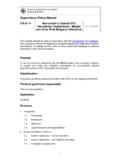
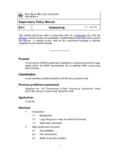
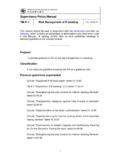
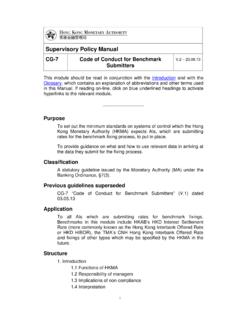
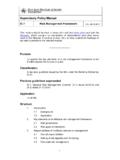
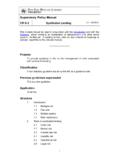
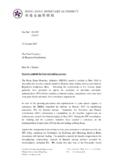
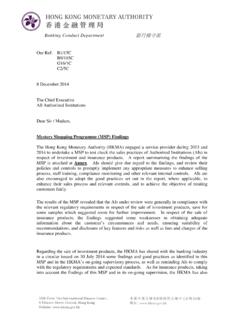
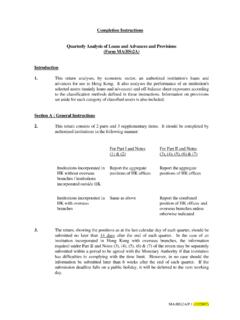
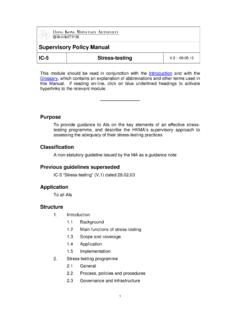



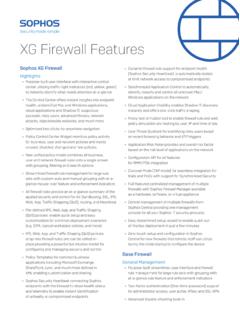
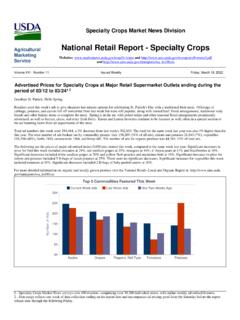

![arXiv:1912.13171v4 [eess.IV] 3 Aug 2020](/cache/preview/b/3/f/f/5/8/0/1/thumb-b3ff58013df675611b98352fcd56b3f5.jpg)

